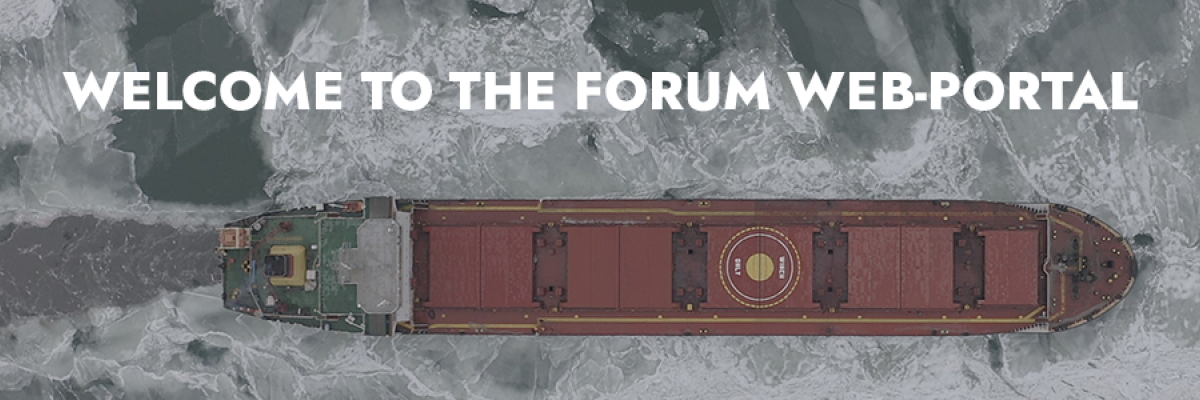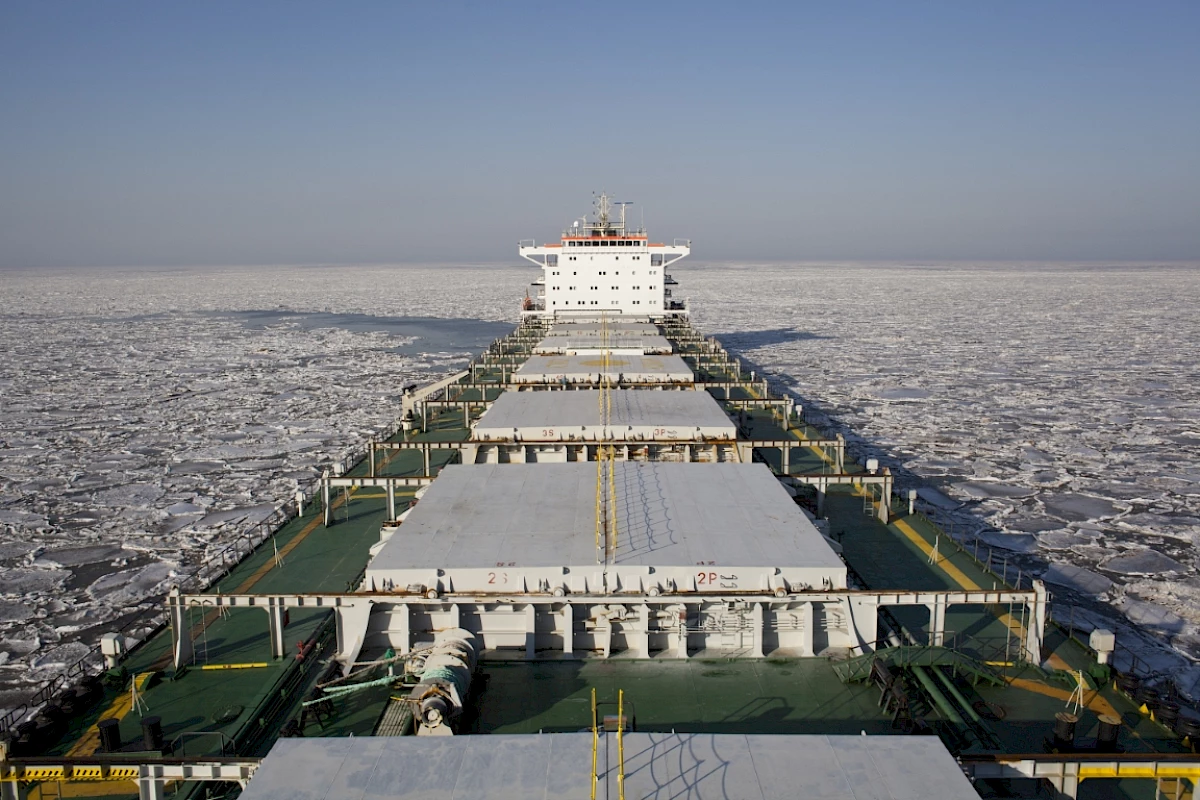
Web Portal
Polar Code Chapters: Explanation and Submissions
Part IA: Safety Measures
Chapter 1: General
Chapter 2: Polar Water Operation Manual
Chapter 3: Ship structure
Chapter 4: Subdivision and stability
Chapter 5: Watertight and weathertight integrity
Chapter 6: Machinery installations
Chapter 7: Fire safety/Protection
Chapter 8: Life saving appliances and arrangements
Chapter 9: Safety of navigation
Chapter 10: Communication
Chapter 11: Voyage planning
Chapter 12: Manning and training
Part IIA: Pollution Prevention Measures
Chapter 1: Prevention of Pollution by Oil
Chapter 2: Control of pollution by noxious liquid substances in bulk
Chapter 4: Prevention of pollution by sewage from ships
Chapter 5: Prevention of pollution by garbage from ships
Part IB
Additional Guidance Regarding the Provisions of the Introduction and Part I-A
Part IIB
Additional Guidance Regarding the Provisions of the Introduction and Part II-A
SUBMIT TO THE WEB PORTAL
To submit information for the web-portal, click this link and fill in the form.
The information will be reviewed and added to the web-portal consequently - and the submitter contacted via e-mail.

 Arctic Council Working Group
Arctic Council Working Group